How long does untreated wood last outside? Therefore, it’s best to opt for pressure treated or seal untreated wood with a protective coat each season to extend its longevity outdoors. By paying attention to detail and properly treating or sealing non pressure treated woods, outdoor projects will withstand the test of time!
When working on a woodworking project, untreated lumber can be a risk if you are looking to make an outdoor piece. Without protection from a suitable outdoor wood sealer, untreated wood is susceptible to moisture and items such as rain or snow can cause the untreated wood to rot easily.
Before beginning your project it is important to consider the type of wood species that will suit the environment in which the project will be used in order to minimize the potential for weather-related damage. If untreated lumber is to be used, remember to take extra precautions with a suitable outdoor wood sealer in order to protect your project from moisture-related damage.

When deciding to use untreated wood outdoors, it is important to assess the environment and climate that the wood will be kept in. Unprotected wood may not last long when exposed to harsh sun and rain. To increase its longevity, exterior grade paint or sealant should be applied to untreated pine.
Many exterior stains, varnishes and sealants are available to help protect untreated wooden furniture from exposure to moisture and sunlight, extending its life span significantly. It is also advised that the treatment be redone every couple of years or when the wood becomes weakened by wear and tear. With proper care, the lifespan of untreated wood can be considerable, so if you’re looking for a useful yet economical way to spruce up your exterior decor then unprotected wood could certainly be a great choice.
- Risks of Using Untreated Wood Outside
- 1. Moisture
- 2. Sunshine
- 3. Temperature Control
- How Long Does Untreated Wood Last Outside?
- Advantages of Using Untreated Wood
- 1. Toxicity Levels
- 2. Gardening Projects
- 3. Affordability
- 4. Fewer Health Concerns
- How to Tell the Difference Between Treated and Untreated Wood
- Summing Up
Risks of Using Untreated Wood Outside
Understanding how long untreated wood lasts can last outdoors can be a tricky proposition. The longevity of non-pressure treated lumber is determined by several factors such as the type of wood, age, climate, and even if it has been sealed or painted. It might look great on the shelf in the store, but you will want to be sure it is properly treated before using it for an application outdoors.
If not sealed or painted properly, untreated wood can easily succumb to rot and decay due to exposure to moisture and weathering. Taking these steps now can ensure your outdoor project has lasting results.
Starting any kind of outdoor project with untreated wood can be a tricky process, as it is much more susceptible to the elements than treated wood. Sun damage, wood rot, and insect invasions are all risks that need to be considered when creating anything with untreated wood outdoors.
It always pays off to treat your wood before beginning the project by applying a sealant or protective coating, especially if you plan on making outdoor furniture. This will go a long way in preserving the durability of the project and could save you time and money down the road.
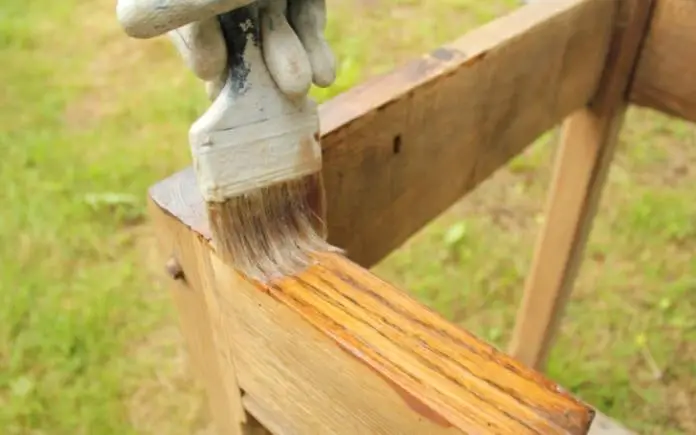
1. Moisture
Unprotected wood is no match for the ravages of dampness – with moisture taking its toll, even strong timbers can quickly fall victim to decay and rot. The easy absorption of water by untreated woods makes it especially vulnerable; a danger that should not be taken lightly!
If left unprotected, wood is dangerously susceptible to water damage. Without care, wet conditions can quickly foster a breeding ground for fungi and lead to lasting harm such as swelling and cracks that will scar your wooden surface permanently.
For woodworking projects, where you live and the amount of humidity and rainfall in that area is vital to consider. Unprotected wood can be greatly affected by moisture; with increasing levels creating bigger changes in material properties – it’s key to think ahead!
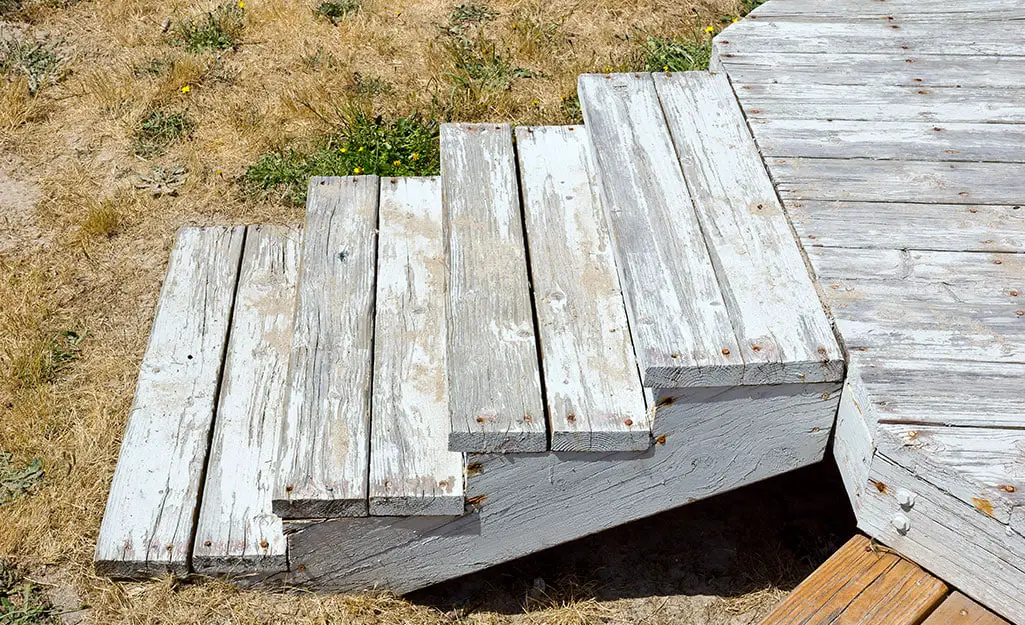
2. Sunshine
As the warm sunshine cascades down, it can be a harsh enemy to those pieces of wood left exposed for long periods. Unprotected and fully facing the UV-rays from the sun will draw out its natural oils leading to dryness and decay over time.
Protect your outdoor wood projects from UV-ray damage by keeping them out of direct sunlight. By doing so, you can ensure that your untreated wooden creations will stand the test of time!
3. Temperature Control
To ensure your wood remains healthy and beautiful for years to come, it is crucial that you keep it in an environment with consistent temperatures. Since the outdoors offers no such guarantee, use treated wood when exposed to outdoor elements – or risk experiencing extreme fluctuations of temperature depending on your local weather conditions.
Warmer temperatures can be the perfect breeding ground for pesky fungi, leading to unwelcome wood rot on your treated lumber. An ideal climate for fungus is 32°C (90°F) with plenty of oxygen and moisture – conditions that are commonly found in a backyard setting.
Whether to use untreated wood outdoors can be a difficult decision in areas of high humidity and temperatures soaring above 90 degrees. Before investing, it may pay off to really weigh the pros and cons.

How Long Does Untreated Wood Last Outside?
With hundreds of variables to consider, the lifespan of untreated wood exposed to outdoor elements is truly a mystery. Each type of timber reacts differently depending on exposure: temperature, humidity, direct sun…all factors that can drastically change its durability and longevity in any given environment.
Unprotected wood is never a long-term solution outdoors – that much is certain! To understand just how quickly it will turn from good to bad, however, we must consider the environmental conditions in which it resides. Moisture levels, temperature extremes and sun exposure all play an important part when determining how many years of life one can expect out of this natural material before needing replacement.
- Is the wood in a shaded or sunny area?
- What is the geographical location you live in?
- What are the average and extreme weather conditions that your location experiences? This includes temperature, humidity, sunshine, rainfall, and others.
- What is the type of wood you are using?
- Have any sealants or paints been applied to the wood you are using?
- How much ground contact does the wood in question have for this project?
To ensure your wood stays looking its best for as long as possible, use only the highest quality materials and seal them correctly. Although it may seem undefeatable at first, even the toughest woods can succumb to sun damage and humid climates – so take extra precautions whenever you can.
Wooden projects won’t last for the long haul if your wood isn’t properly taken care of. Without proper maintenance, wooden items can easily start to deteriorate faster than expected and break down sooner than you’d expect – leaving a once cherished project in ruins within years rather than decades.
When choosing untreated wood for your project, it’s important to take into consideration the type of structure you plan on creating. A garden bed may be able to endure some variation in weather and environment while a backyard bench or deck might not have as much flexibility – resulting in premature deterioration if proper care is not taken. Knowing how much damage your specific type of creation can withstand will help ensure that your masterpiece stands strong against nature’s elements.
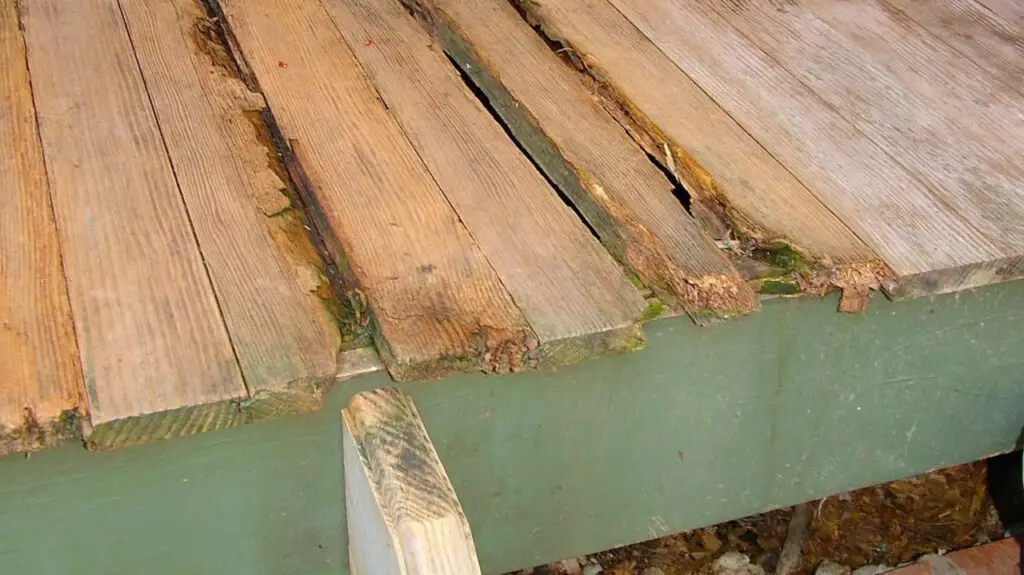
Advantages of Using Untreated Wood
With so much potential for outdoor wood to suffer damage, it’s reasonable to wonder if using treated lumber is the better option. But there are still plenty of benefits to be had from choosing untreated varieties – your next project could reap the rewards.
Untreated wood presents a unique opportunity to create something special with its natural character, organic aesthetic and one-of-a-kind smell. It may be the closest thing you can get to working directly with raw materials straight from nature – without having to chop down your own tree! That’s why many crafters choose it for their DIY projects; they simply appreciate all that untreated wood has offer.
1. Toxicity Levels
The wood of yesteryear was often beautiful, but its treatment posed a real danger: manufacturers used arsenic-containing compounds when treating lumber. Thankfully in the current millennium, this harmful process has been replaced with more natural and safer methods that still produce pleasing scents – something to be truly grateful for.
Woodworking can be a thrilling and creative pastime but also carries some health risks. In the past, arsenic was used to preserve wood – though thankfully today we have access to less hazardous alternatives that help protect our structures better. While treated materials are now safer than before, taking precautions such as wearing protective clothing is highly recommended when handling untreated wooden items for an extra layer of safety.
Natural untreated wood is the clear choice for any project that requires direct contact, such as playgrounds. While opting to treat timber can provide protection from pests and fungi, it could also potentially introduce harmful chemicals into our environment – compromising both humans’ and nature’s health.
2. Gardening Projects
Treated wood, most often used in outdoor applications like decks, docks, and fences, contains chemicals that help to repel insects. Although treated wood generally lasts longer than untreated wood, those who are looking for an eco-friendly alternative – or the extra protection of a wood sealant – can opt for untreated wood.
With no chemical components or heavy metals within the material, untreated wood can be used safely in a variety of gardening projects such as constructing a garden bed – without spending time worrying about adverse effects to your soil. The flexibility and long life expectancy of untreated wood make it an attractive choice for gardeners that seek natural materials with less environmental risk.
3. Affordability
For those interested in treat wood, untreated redwood is a great option that is much more affordable than treated woods. Compared to white oak which needs to be completely dry before treatment with the more expensive compounds, untreated redwood saves money while providing excellent strength and durability.
Many homeowners are now opting for untreated redwood as it gets the job done without the hassle and additional cost of wood treated with chemicals. Furthermore, untreated redwood will last just as long and resist pests just as well making it an easy choice for anyone looking for both affordability and quality in their treat wood purchase.
4. Fewer Health Concerns
When it comes to untreated wood, peace of mind is a major factor. No need for heavy-duty safety wear; just a dust mask should do the trick! It goes without saying that you can work with greater ease and have fewer worries about health risks when dealing iwth non-treated lumber – making it an attractive choice for DIY enthusiasts everywhere.
How to Tell the Difference Between Treated and Untreated Wood
If you are inexperienced when it comes to managing different kinds of lumber, the task may be daunting. To start off your journey into becoming a true wood connoisseur, inquiring with your local supplier is the ideal first step!
If you’re looking to distinguish between pressure-treated and untreated wood, there are a couple of methods. For example, treated varieties often have seals or markings that testify their status; additionally, the hue can provide hints as well – if it looks vaguely greenish in colour then chances are good its been through treatment!
To know whether wood is treated or untreated, you can rely on your nose! Natural and fresh-smelling timber will be untreated, while artificial scents are a sure sign of treatment.
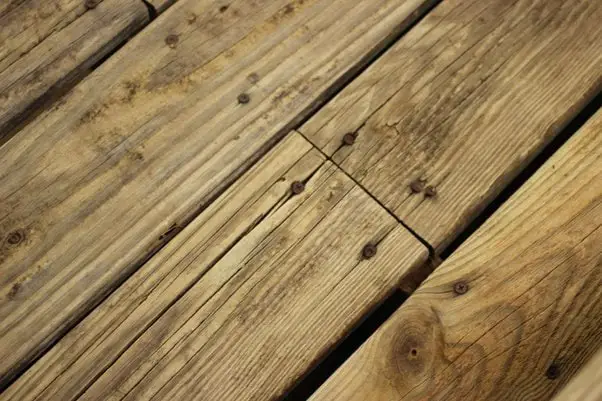
Summing Up
With treated wood, you can get the assurance that your project will have a longer shelf life with enhanced durability against pests and the natural elements due to the treated chemicals used.
However, treated wood often gives off an unpleasant odor and its beautiful natural grain may not be as visible. On the other hand, untreated wood has a more natural scent that can be quite pleasant and allows you to see its natural beauty more clearly. If you choose to go with untreated wood however, it’s important to remember that it will require more maintenance and may not last as long due to prolonged exposure to unfavorable conditions outside. An example of treated woods that could work well include teak wood; if treated correctly they could potentially last for decades!
Keeping treated or untreated wood in top condition and making sure it lasts as long as possible is an art form. Evaluating the task at hand is the first step to properly treat untreated wood and maintain its health.
Without proper care, treated or untreated wood can become dull, scraped, cracked and discolored from things like weathering and mold. For most woods like Teak, regular maintenance such as applying a natural oil will help keep the luster and natural scent of treated or untreated wood for years to come. Ultimately, when selecting treated or untreated wood for your project, carefully consider factors such as species of wood and environmental conditions to make sure you get the most out of the chosen material before it gives up.
Read more: How to use a diamond sharpening stone?

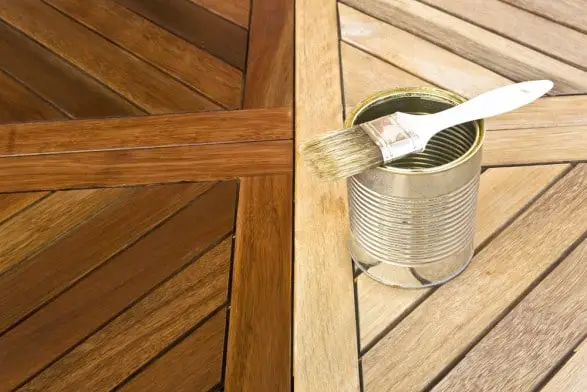
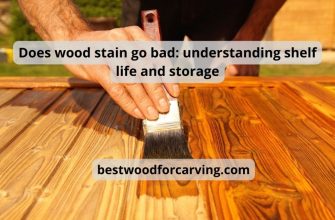
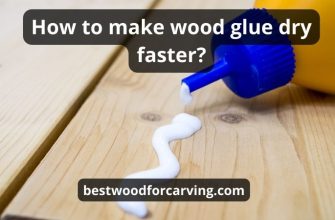

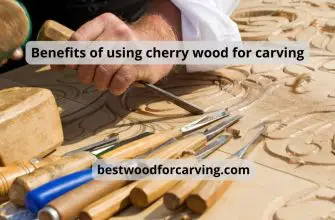


![What is a Wood Planer? [4 Types of Wood Planers] What Is A Wood Planer: Best Helpful Guide & Top Review](https://bestwoodforcarving.com/wp-content/uploads/2023/12/What-is-a-Wood-Planer-335x220.jpg)


